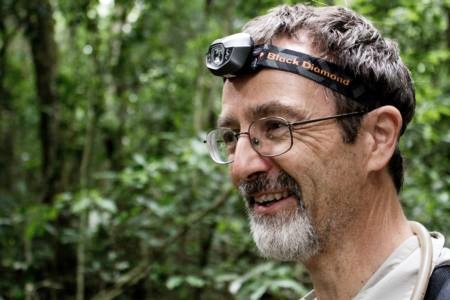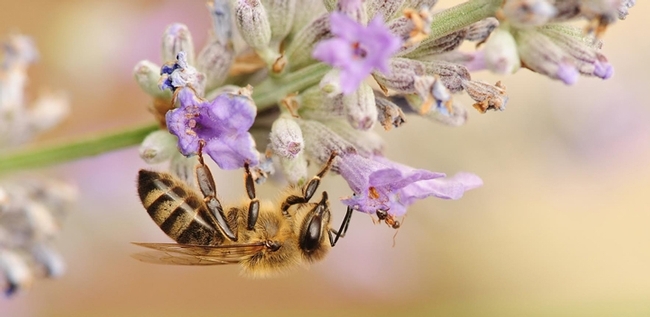
If you think they're just uninvited guests at your picnic or something to spray or stomp, think again.
They're marvelous creatures, as any ant specialist will tell you.
You can learn about them from noted ant specialist Phil Ward, professor of entomology, UC Davis Department of Entomology and Nematology, when he presents a program Friday, July 17, on the native ants found in the Häagen-Dazs Honey Bee Haven, UC Davis campus.
The event, free and open to the public, is set from noon to 1:30 p.m. in the half-acre bee garden, located on Bee Biology Road, next to the Harry H. Laidlaw Jr. Honey Bee Research Facility, west of the central campus.
Among the native ants at the haven are:
- Dorymyrmex insanus (workers small, ~3 mm long, black; conspicuous crater-shaped nests in bare soil)
- Dorymyrmex bicolor (workers small, ~3 mm long, bicolored, dull orange and black; conspicuous crater-shaped nests in bare soil)
- Prenolepis imparis (also known as the “winter ant” or “winter honey ant”; workers small (3-4 mm long), brown, with shiny gaster; inconspicuous nests in soil)
- Formica moki (sometimes called “field ants”; workers medium-sized (6 mm long), with a dark head, orange-brown mesosoma (thorax) and silvery-gray gaster; nest in soil)
Images of these species can be found on the AntWeb, a website hosted and supported by the California Academy of Sciences that provides specimen-level data, images, and natural history of ants.
Approximately six other species of native ants reside in the vicinity of the garden, including Formica aerata, Pogonomyrmex subdentatus, and Solenopsis xyloni. The introduced Argentine ant (Linepithema humile) occurs around the Bee Biology building, but it appears not to have colonized the bee garden.
Attendees will learn how to observe and identify California native ants, and learn about the differences between bees and ants, said Christine Casey, director of the Häagen-Dazs Honey Bee Haven, which is owned and operated by the UC Davis Department of Entomology and Nematology. It was planted in the fall of 2009.
The program is part of a brown bag lunch series. For more information on the ant program, see the flier and/or access the haven web site.
Meanwhile, if you want to learn more about ants, be sure to download (free!) Dr. Eleanor's Book of Common Ants, an entry-level book by entomologist/science writer Eleanor Rice; entomologist/ant specialist/photographer Alex Wild (he received his doctorate in entomology from UC Davis, studying with Phil Ward, and is now a curator at the University of Texas, Austin); and designer Neil McCoy.
"Of the nearly 1,000 ant species living in North America, fewer than 30 are true pests, and fewer still actually can hurt us," Rice points out in her book. "We might not notice them, but they're there, and they shape, literally shape, our world," she writes. "Look at the colossal trees in your forest, the plants around your lawn. Ants, like winnow ants, plant the forest understory, ultimately contouring plant distribution that becomes those giants of trees, animal homes, abounding green life. Other ants help turn soil (more than earthworms in some places!), break up decomposing wood and animals, and keep the canopy healthy."
Ants are also crawling in the international spotlight now. Did you know the North American release of the superhero movie, Ant-Man, is Friday, July 17?
That makes Friday, July 17, a good day for ants.
Author: Kathy Keatley Garvey
Attached Images:


